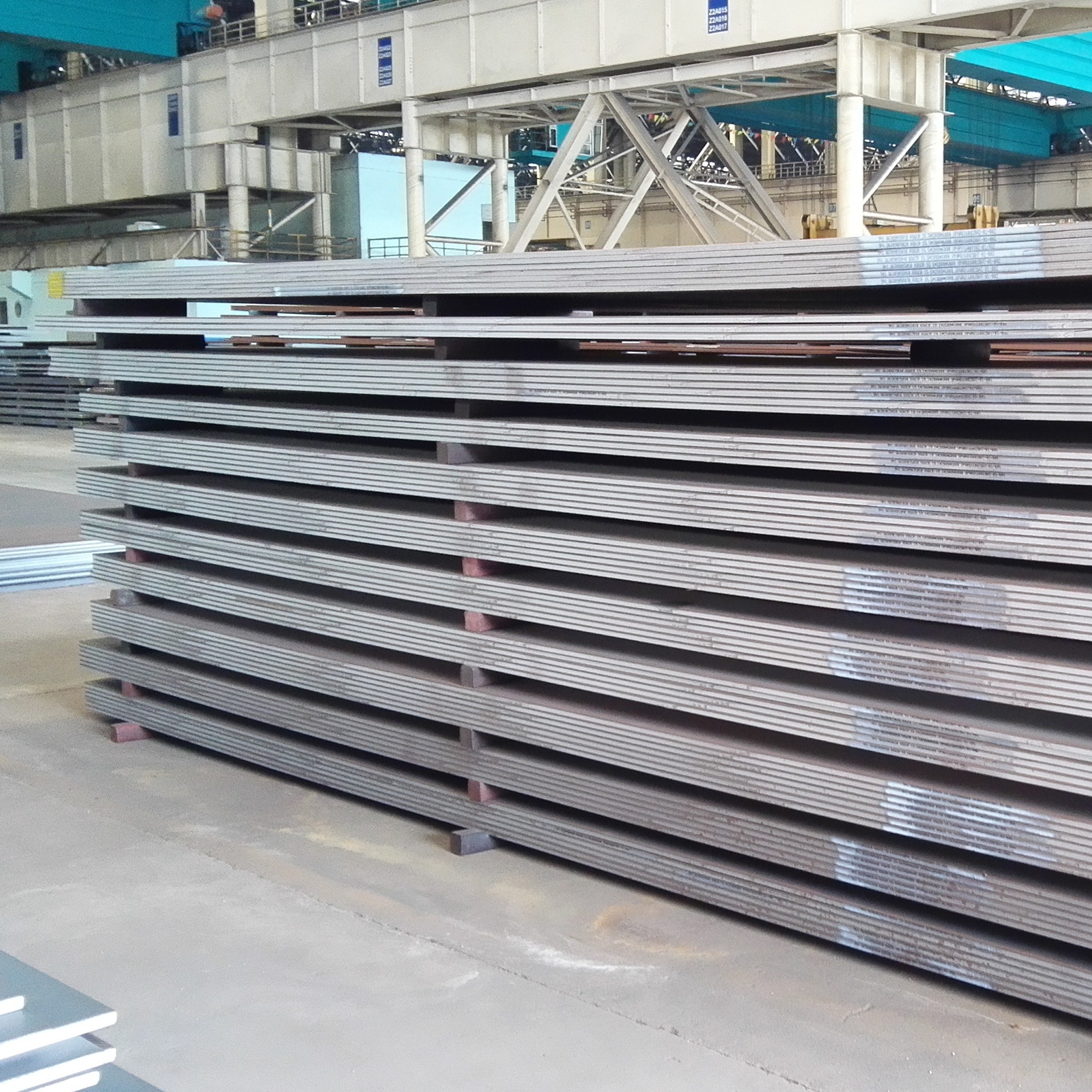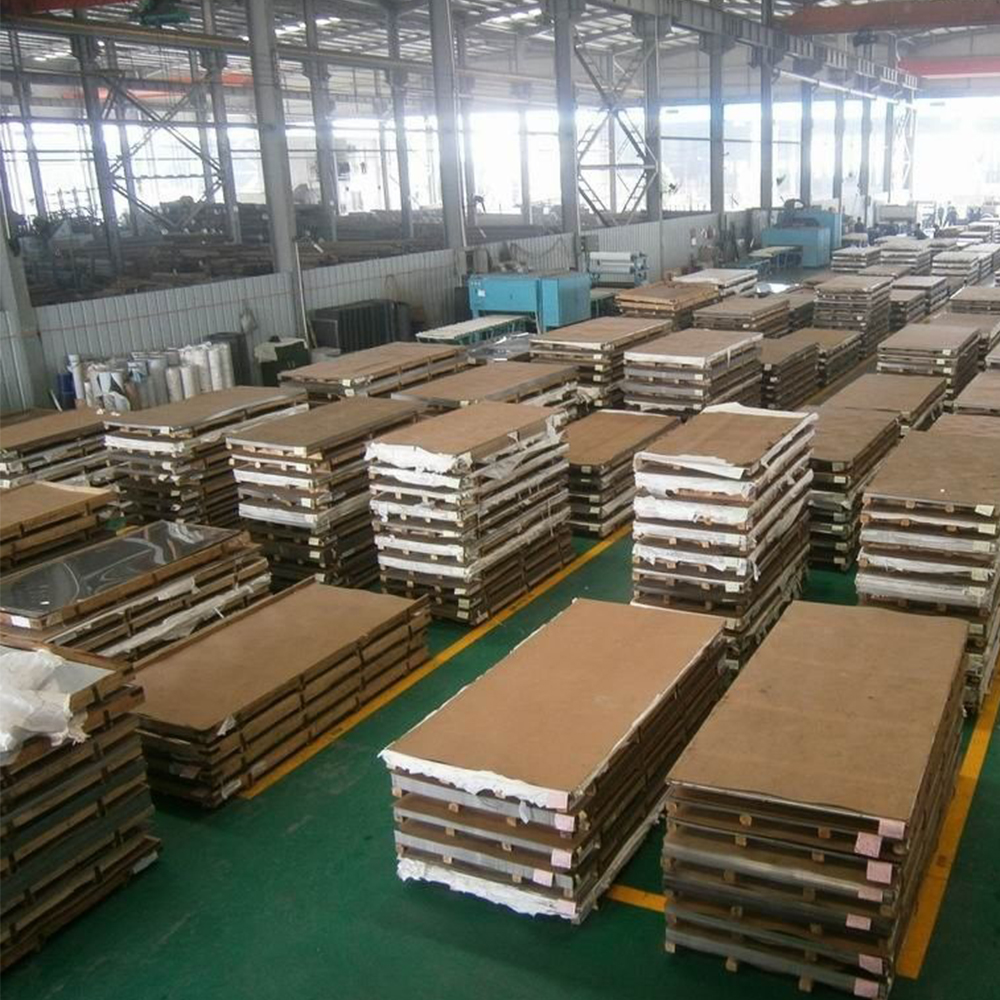Stainless steel types 1.4401 and 1.4404 are also known as grades 316 and 316L respectively. Grade 316 is an austenitic grade second only to 304 in commercial importance. Stainless steel types 1.4401 and 1.4404 are also known as grades 316 and 3164L respectively. Grade 316 is an austenitic grade second only to 304 in commercial importance.
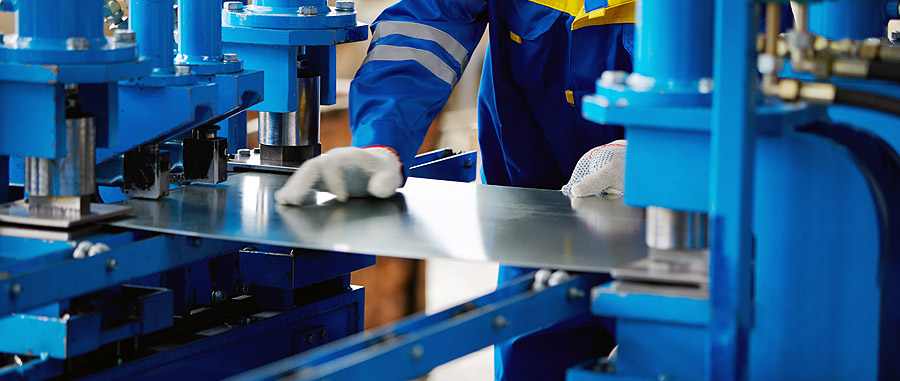
Stainless steel 316 contains an addition of molybdenum that gives it improved corrosion resistance. This is particularly apparent for pitting and crevice corrosion in chloride environments.
316L, the low carbon version of Stainless steel 316, is immune to grain boundary carbide precipitation (sensitisation). This makes it suited to use in heavy gauge (over about 6mm) welded components.
For elevated temperature applications the high carbon variant, 316H stainless steel and the stabilised grade 316Ti stainless steel should be employed.
The austenitic structure of Stainless steel 316 gives excellent toughness, even at cryogenic temperatures.
Property data given in this document is typical for bar and section products covered by EN 10088-3:2005. ASTM, EN or other standards may cover all products sold. It is reasonable to expect specifications in these standards to be similar but not necessarily identical to those given in this datasheet.
Stainless steel grade 316Ti contains a small amount of titanium. Titanium content is typically only around 0.5%. The titanium atoms stabilise the structure of the 316 at temperatures over 800°C. This prevents carbide precipitation at the grain boundaries and protects the metal from corrosion. The main advantage of 316Ti is that it can be held at higher temperatures for a longer period without sensitisation (precipitation) occurring. 316Ti retains physical and mechanical properties similar to standard grades of 316.
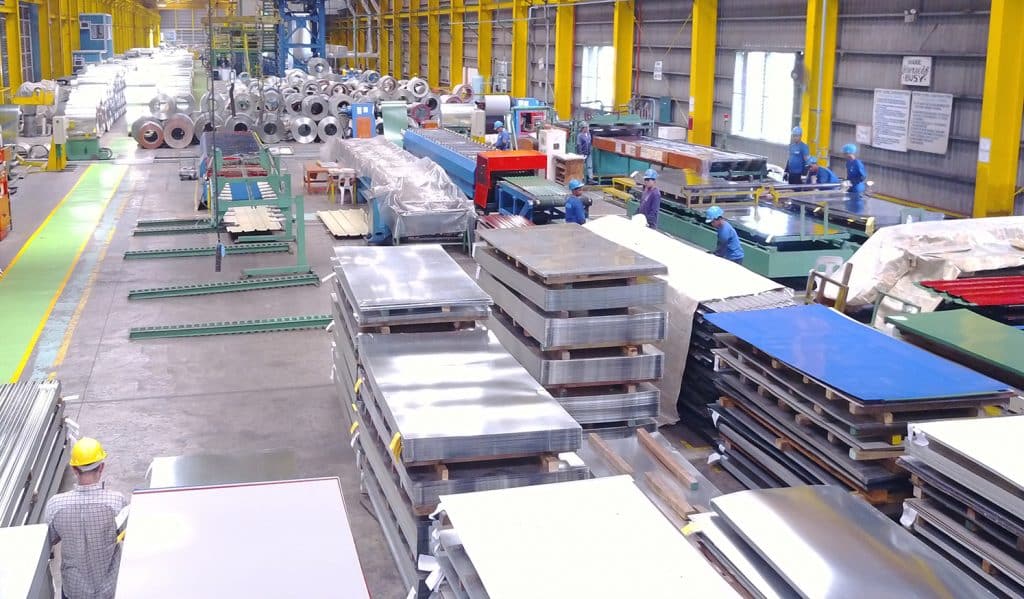
Table 1. Typical chemical composition for 316 stainless steel alloys
| % |
316 |
316L |
316H |
316Ti |
|
C |
0.0-0.07 |
0.0-0.03 |
0.04-0.08 |
0.0- 0.08 |
|
Mn |
0.0-2.0 |
0-2.0 |
0.0-2.00 |
0.0-2.00 |
|
Si |
0.0-1.0 |
0.0-1.00 |
0.0-1.00 |
0.0- 1.00 |
|
P |
0.0-0.05 |
0.0-0.05 |
0-0.04 |
0.0-0.05 |
|
S |
0.0-0.02 |
0.0-0.02 |
0.0-0.02 |
0.0-0.03 |
|
Cr |
16.50-18.50 |
16.50-18.50 |
16.50-18.50 |
16.50- 18.50 |
|
Mo |
2.00-2.50 |
2.00-2.50 |
2.00-2.50 |
2.00- 2.50 |
|
Ni |
10.00-13.00 |
10.00-13.00 |
10.00-13.00 |
10.50- 14.00 |
|
Ti |
- |
- |
- |
0.40- 0.70 |
|
Fe |
balance |
balance |
balance |
balance |
Table 2. Typical mechanical properties for 316 stainless steel alloys
|
Grade |
316 Bar and Section (up to 160 mm thick) |
316 Sheet (up to 8 mm thick) |
316 Plate (8 - 75 mm thick) |
316L Bar and Section (up to 160 mm) |
316L Sheet (up to 8 mm thick) |
316 L Plate (8 - 75 mm thick) |
316H Bar (up to 160 mm) |
316Ti Bar (up to 160 mm) |
|
Tensile Strength (MPa) |
500 - 700 |
530 - 680 |
520 - 670 |
500 - 700 |
530 - 680 |
520 - 670 |
490 - 690 |
500 - 700 |
|
Proof Stress (MPa) |
200 Min |
240 Min |
220 Min |
200 Min |
240 Min |
220 Min |
205 Min |
200 Min |
|
Elongation A50 mm |
40 Min % |
40 Min % |
45 Min % |
40 Min % |
40 Min % |
45 Min % |
35 % |
40 Min % |
|
Hardness Brinell |
215 Max HB |
- |
- |
215 Max HB |
- |
- |
- |
215 Max HB |
|
Value |
|
|
Density |
8.00 g/cm3 |
|
Melting Point |
1400°C |
|
Modulus of Elasticity |
193 GPa |
|
Electrical Resistivity |
0.74 x 10-6 Ω.m |
|
Thermal Conductivity |
16.3 W/m.K |
|
Thermal Expansion |
15.9 x 10-6/K |
|
Euronorm |
UNS |
BS |
En |
Grade |
|
1.4401 |
S31600 |
316S31 |
58H |
316 |
|
1.4404 |
S31603 |
316S11 |
- |
316L |
|
- |
S31609 |
316S51 |
- |
316H |
|
1.4571 |
- |
320S31 |
- |
316Ti |
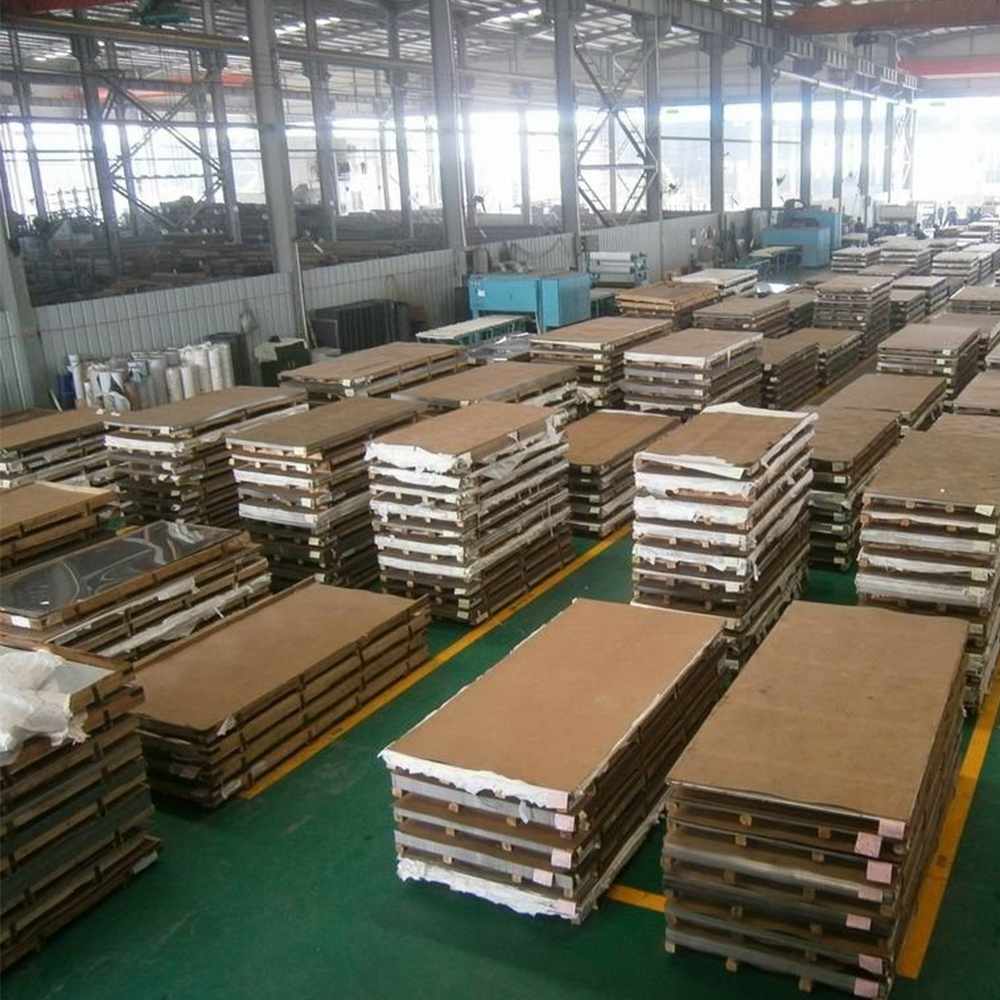
Stainless steel 316 has good machinability. Machining can be enhanced using the following rules:
Cutting edges must be kept sharp. Dull edges cause excess work hardening.

Initially developed for use in paper mills Stainless steel 316 is now typically used in:
Food processing equipment
Brewery, dairy, and pharmaceutical production equipment
Chemical and petrochemical equipment
Laboratory benches & equipment
Coastal architectural panelling
Coastal balustrading
Boat fittings
Chemical transportation containers
Heat exchangers
Mining screens
Nuts and bolts
Springs, nuts, bolts and screws
Medical implants
Sinks and splashbacks
Saucepans
Cutlery and flatware
Sanitaryware and troughs
Tubing
